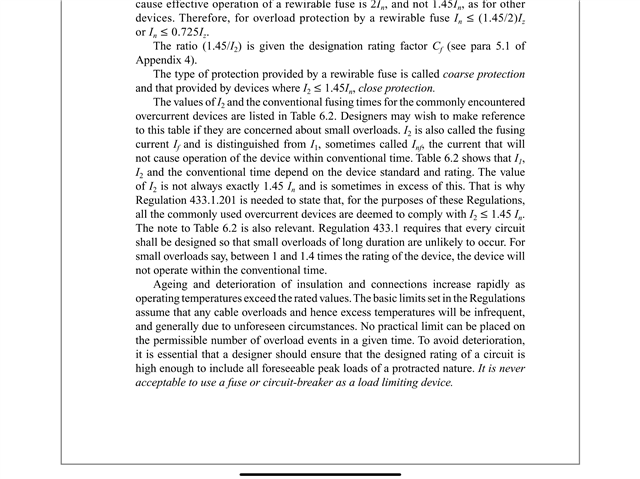Hi there
Have found an old damaged 30A JB on a ring final under the floorboards, which I was going to replace - although it spurs to a 2G socket, from which three further sockets are spurred. Obvs you can't have a spur off a spur without a fused connection (which this doesn't have), but is there a specific requirement to upgrade the existing wiring either (a) once the 'non compliant' aspect has been found or (b) as a result of the intervention in the circuit (i.e. does the replacement of the broken JB automatically mean that the spur+spur issue has to be rectified also?).
The wiring is not that old (blue neutral plus other evidence suggests probs 15 - 20-ish years max) so not sure if it would have even been compliant with the regs at the time - but would be pretty difficult to either bring the spurs back to the ring or fit a fused connection due to the location / buried cables etc etc. Might be possible to split the ring into two radials etc (which would probably have incidental benefits) but obvs this is an order of magnitude more substantive work-wise than replacing the damaged JB...
Cheers

